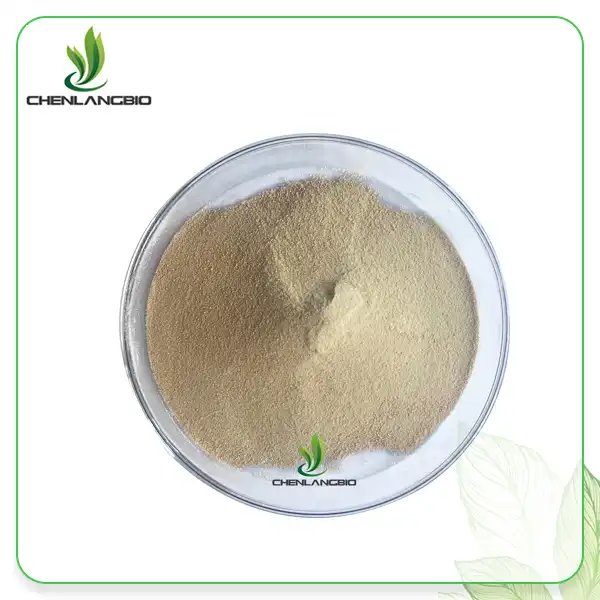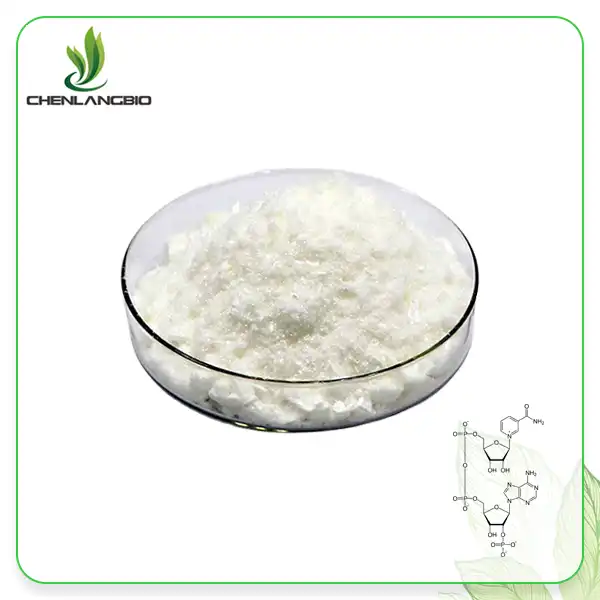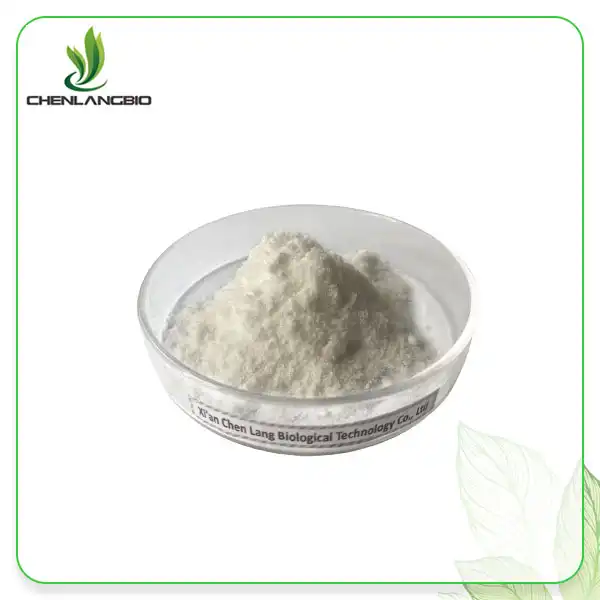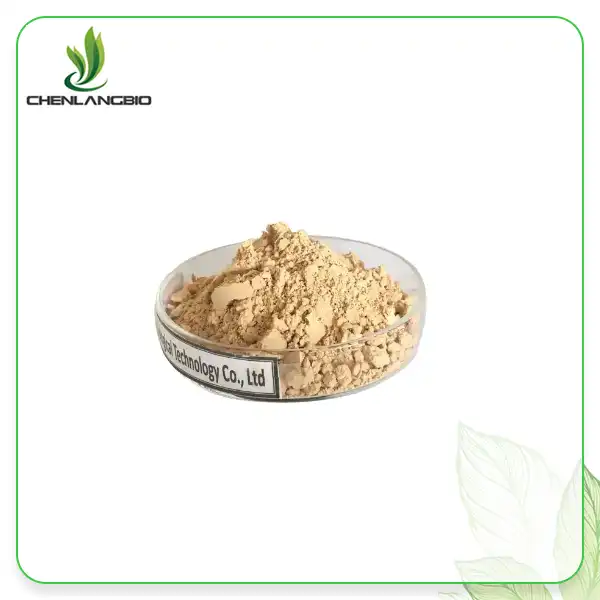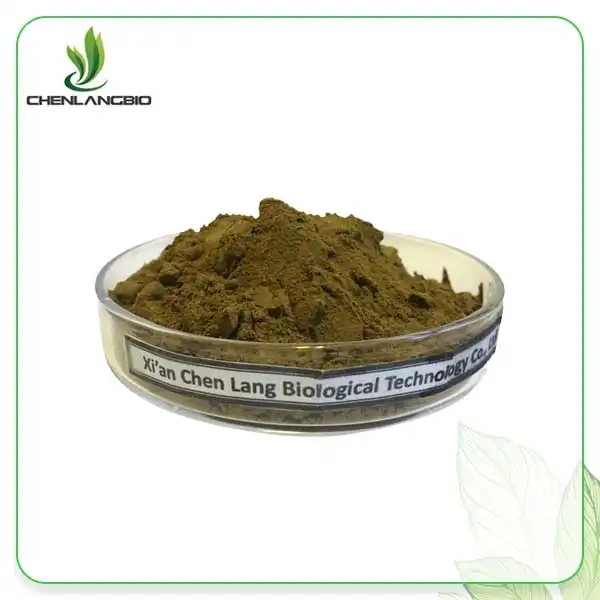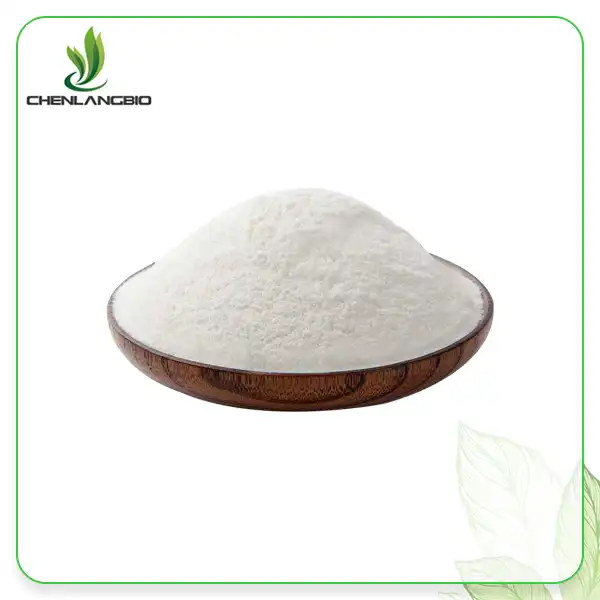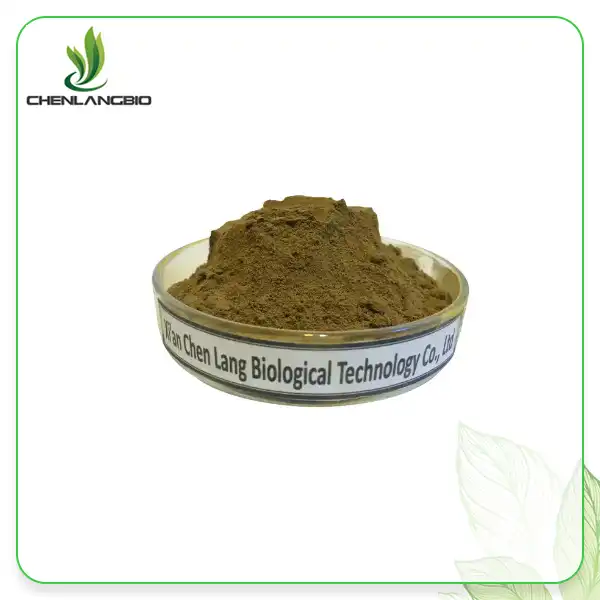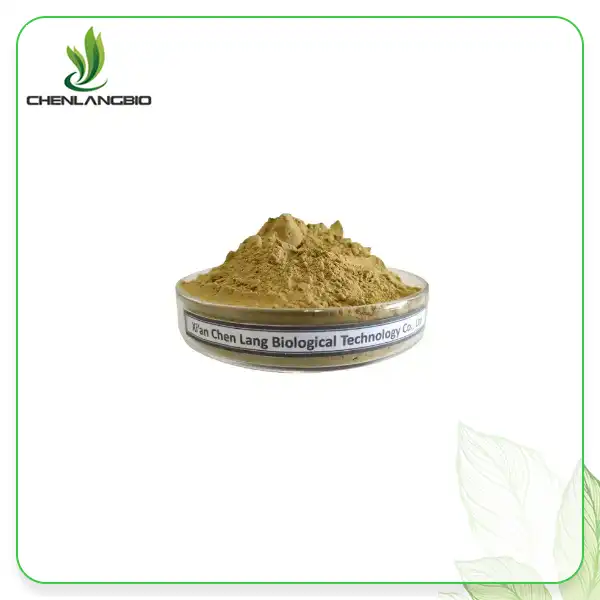The Science Behind Quinoa Seed Extract
2025-05-20 18:02:51
Quinoa seed extract has emerged as a powerful ingredient in the health and beauty industries, thanks to its rich nutritional profile and potential benefits for skin and overall wellness. This blog explores the science behind chenopodium quinoa seed extract, delving into its composition, key compounds, and the studies supporting its efficacy. We'll uncover how this ancient superfood from South America has found its way into modern skincare formulations and nutritional supplements, offering a range of benefits from antioxidant protection to skin rejuvenation. Join us as we explore the fascinating world of quinoa extract and its potential to revolutionize beauty and health products.
Chenopodium Quinoa: A Nutritional Powerhouse
The Origins and Cultivation of Quinoa
Quinoa, scientifically known as Chenopodium quinoa, is a pseudocereal native to the Andean regions of South America. Cultivated for thousands of years, this resilient crop has been a staple food for indigenous populations due to its exceptional nutritional value. The plant thrives in diverse climates, from sea level to high altitudes, showcasing its adaptability and robustness.
Nutritional Composition of Quinoa Seeds
Quinoa seeds are renowned for their impressive nutritional profile. They are a complete protein source, containing all nine essential amino acids that the human body cannot produce on its own. This makes quinoa particularly valuable for vegetarians and vegans. The seeds are also rich in dietary fiber, vitamins (especially B-complex vitamins), and minerals such as iron, magnesium, and zinc. Additionally, quinoa contains beneficial compounds like flavonoids, which contribute to its antioxidant properties.
From Seed to Extract: The Extraction Process
The process of creating chenopodium quinoa seed extract involves carefully isolating the beneficial compounds from the seeds. Typically, this is done through a series of steps including grinding the seeds, solvent extraction, and filtration. The resulting extract is a concentrated form of quinoa's bioactive components, which can be more easily incorporated into various products. This extraction process aims to preserve the integrity of the nutritional and functional properties of quinoa while increasing their bioavailability.
Key Compounds in Quinoa Extract and Their Benefits
Saponins: Nature's Emulsifiers
Saponins are one of the most intriguing compounds found in quinoa extract. These naturally occurring plant glycosides have a unique molecular structure that gives them both hydrophilic and lipophilic properties. In skincare, saponins act as natural emulsifiers and cleansing agents. They can help to remove impurities from the skin without stripping away natural oils. Moreover, some studies suggest that saponins may have anti-inflammatory and antioxidant properties, potentially contributing to skin health and protection against environmental stressors.
Ecdysteroids: Phytosteroids with Potential
Quinoa is a rich source of ecdysteroids, particularly 20-hydroxyecdysone. These phytosteroids have garnered significant interest in both the scientific and cosmetic communities. In skincare applications, ecdysteroids are believed to stimulate collagen synthesis and promote cell turnover. This could potentially translate to improved skin elasticity and a reduction in the appearance of fine lines and wrinkles. Some research also suggests that ecdysteroids may have adaptogenic properties, helping the body resist various stressors.
Polyphenols and Flavonoids: Antioxidant Powerhouses
The antioxidant profile of chenopodium quinoa seed extract is bolstered by its content of polyphenols and flavonoids. These compounds are known for their ability to neutralize free radicals, which are unstable molecules that can damage cells and contribute to premature aging. By incorporating quinoa extract into skincare formulations, manufacturers aim to harness these antioxidant properties to protect the skin from oxidative stress caused by UV radiation, pollution, and other environmental factors. This antioxidant action may help maintain skin health and potentially slow down the visible signs of aging.
Studies Supporting Quinoa Extract in Beauty
Clinical Trials on Skin Hydration and Elasticity
Several clinical studies have explored the potential benefits of quinoa extract in skincare applications. One notable study published in the International Journal of Cosmetic Science examined the effects of a quinoa extract-based formulation on skin hydration and elasticity. The researchers found that participants who used the quinoa extract cream showed significant improvements in skin moisture levels and elasticity compared to the control group. These findings suggest that chenopodium quinoa seed extract may be effective in addressing common skin concerns related to dryness and loss of firmness.
Research on Anti-Aging Properties
The anti-aging potential of quinoa extract has been the subject of both in vitro and in vivo studies. A research paper published in the Journal of Agricultural and Food Chemistry investigated the ability of quinoa extract to protect skin cells from UV-induced damage. The results indicated that quinoa extract exhibited photoprotective properties, potentially reducing the risk of premature skin aging caused by sun exposure. Another study, focusing on the ecdysteroid content of quinoa, suggested that these compounds might stimulate collagen production in skin cells, which could contribute to improved skin texture and reduced appearance of wrinkles.
Exploring Quinoa Extract's Role in Skin Barrier Function
Recent research has also delved into the potential of quinoa extract to support the skin's barrier function. A study published in the International Journal of Molecular Sciences examined the effects of quinoa extract on skin barrier proteins and lipid synthesis. The findings indicated that quinoa extract might enhance the expression of certain proteins crucial for maintaining skin barrier integrity. This could have implications for improving skin resilience and reducing sensitivity, particularly in individuals with compromised skin barriers or conditions like atopic dermatitis.
Conclusion
The science behind chenopodium quinoa seed extract reveals a promising ingredient for both health and beauty applications. Its rich nutritional profile, combined with bioactive compounds like saponins, ecdysteroids, and antioxidants, offers a multifaceted approach to skincare and overall wellness. As research continues to unfold, quinoa extract stands poised to play an increasingly significant role in innovative beauty and health products. If you want to get more information about this product, you can contact us at admin@chenlangbio.com.
References
1. Graf, B. L., Rojas‐Silva, P., Rojo, L. E., Delatorre‐Herrera, J., Baldeón, M. E., & Raskin, I. (2015). Innovations in health value and functional food development of quinoa (Chenopodium quinoa Willd.). Comprehensive Reviews in Food Science and Food Safety, 14(4), 431-445.
2. Gómez-Caravaca, A. M., Iafelice, G., Verardo, V., Marconi, E., & Caboni, M. F. (2014). Influence of pearling process on phenolic and saponin content in quinoa (Chenopodium quinoa Willd). Food Chemistry, 157, 174-178.
3. Tang, Y., & Tsao, R. (2017). Phytochemicals in quinoa and amaranth grains and their antioxidant, anti-inflammatory, and potential health beneficial effects: a review. Molecular Nutrition & Food Research, 61(7), 1600767.
4. Nsimba, R. Y., Kikuzaki, H., & Konishi, Y. (2008). Antioxidant activity of various extracts and fractions of Chenopodium quinoa and Amaranthus spp. seeds. Food Chemistry, 106(2), 760-766.
5. Carciochi, R. A., Manrique, G. D., & Dimitrov, K. (2014). Changes in phenolic composition and antioxidant activity during germination of quinoa seeds (Chenopodium quinoa Willd.). International Food Research Journal, 21(2), 767.
6. Pellegrini, M., Lucas-Gonzales, R., Ricci, A., Fontecha, J., Fernández-López, J., Pérez-Álvarez, J. A., & Viuda-Martos, M. (2018). Chemical, fatty acid, polyphenolic profile, techno-functional and antioxidant properties of flours obtained from quinoa (Chenopodium quinoa Willd) seeds. Industrial Crops and Products, 111, 38-46.
Send Inquiry
Related Industry Knowledge
- Is Ascorbyl Tetraisopalmitate Safe During Pregnancy?
- What is the Difference between Alpha-Ketoglutarate and Calcium Alpha-Ketoglutarate Monohydrate?
- Helichrysum Arenarium Flower: A Holistic Remedy
- Can Minoxidil be Used in Combination with Other Treatments?
- Why Durian Fruit Powder is Trending
- Top 5 Health Supplements Featuring Lupinus Albus Extract
- Does Sodium Ascorbyl Phosphate Oxidize
- Is It Okay to Use Bakuchiol Every Day
- What Does Phytosphingosine Do For Your Skin?
- What Benefits of the Acanthopanax Senticosus Root Extract Eleutheroside



